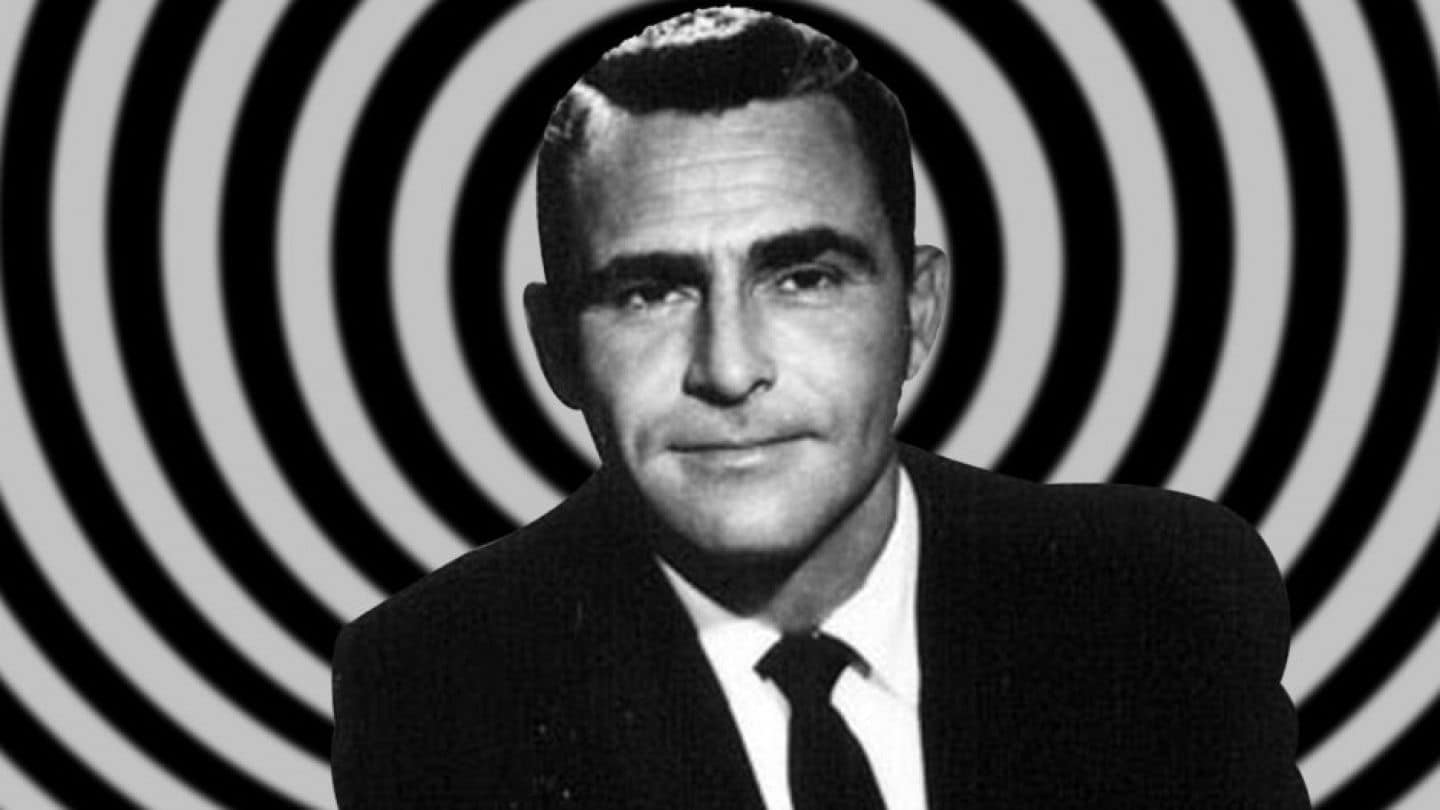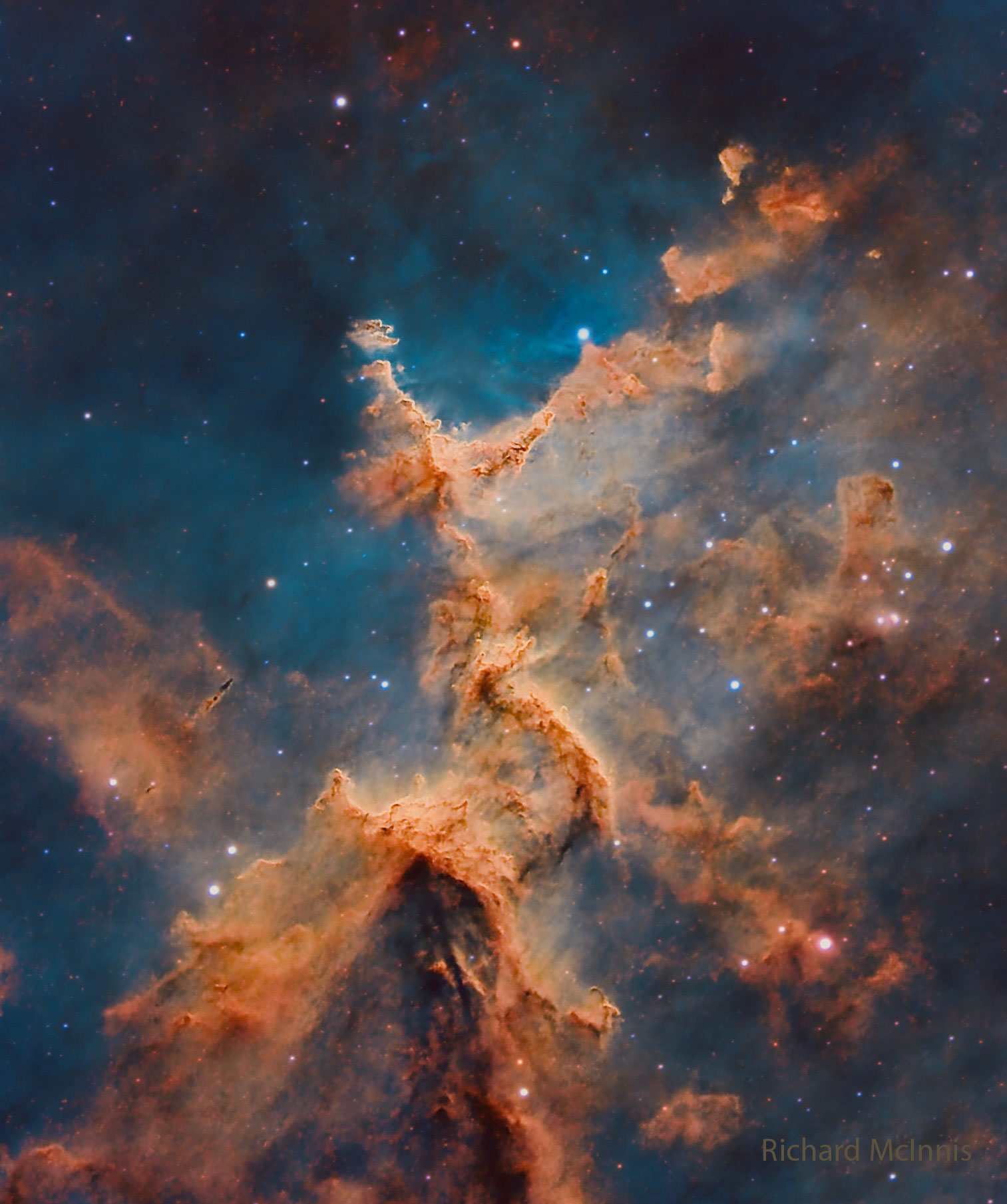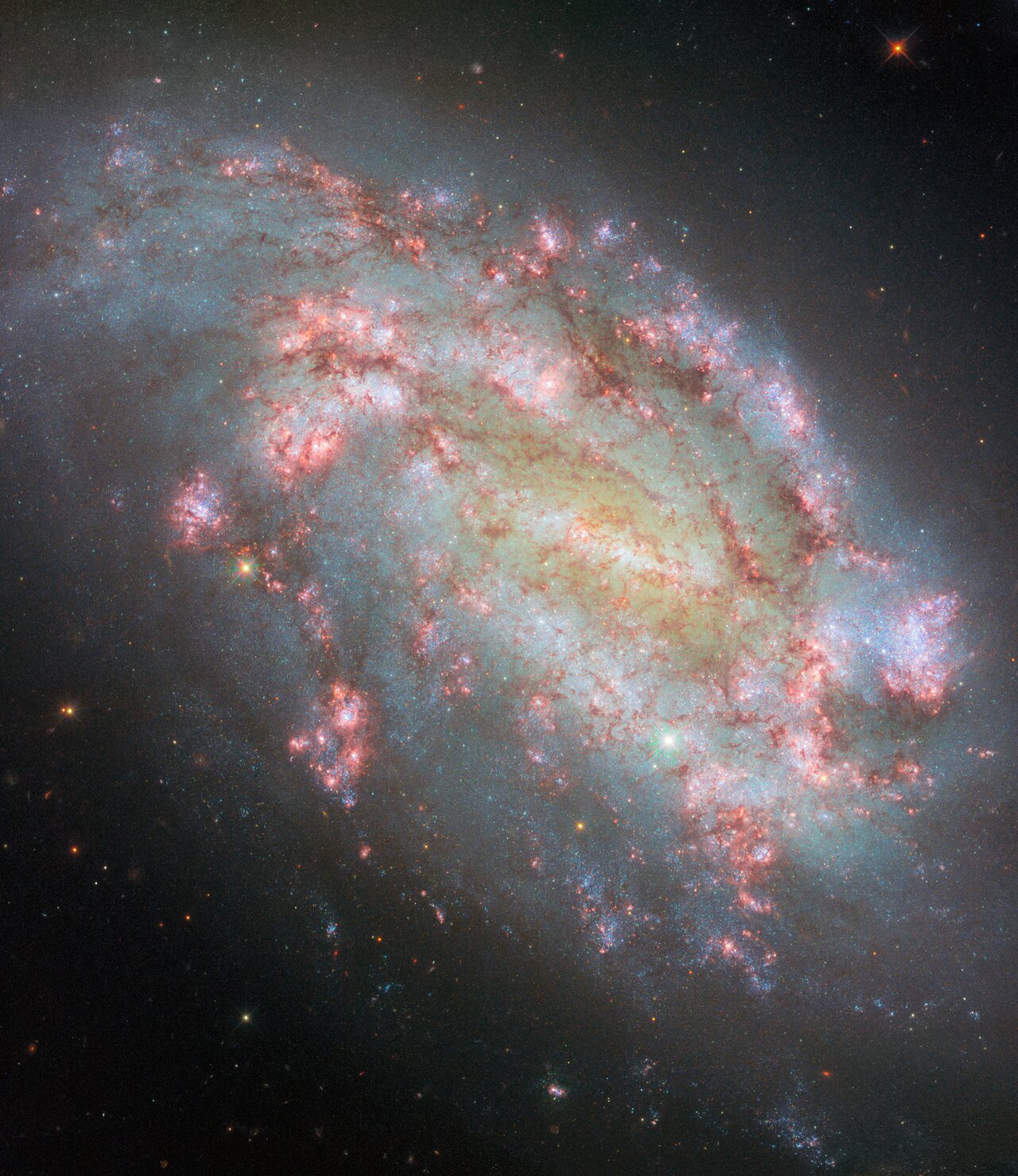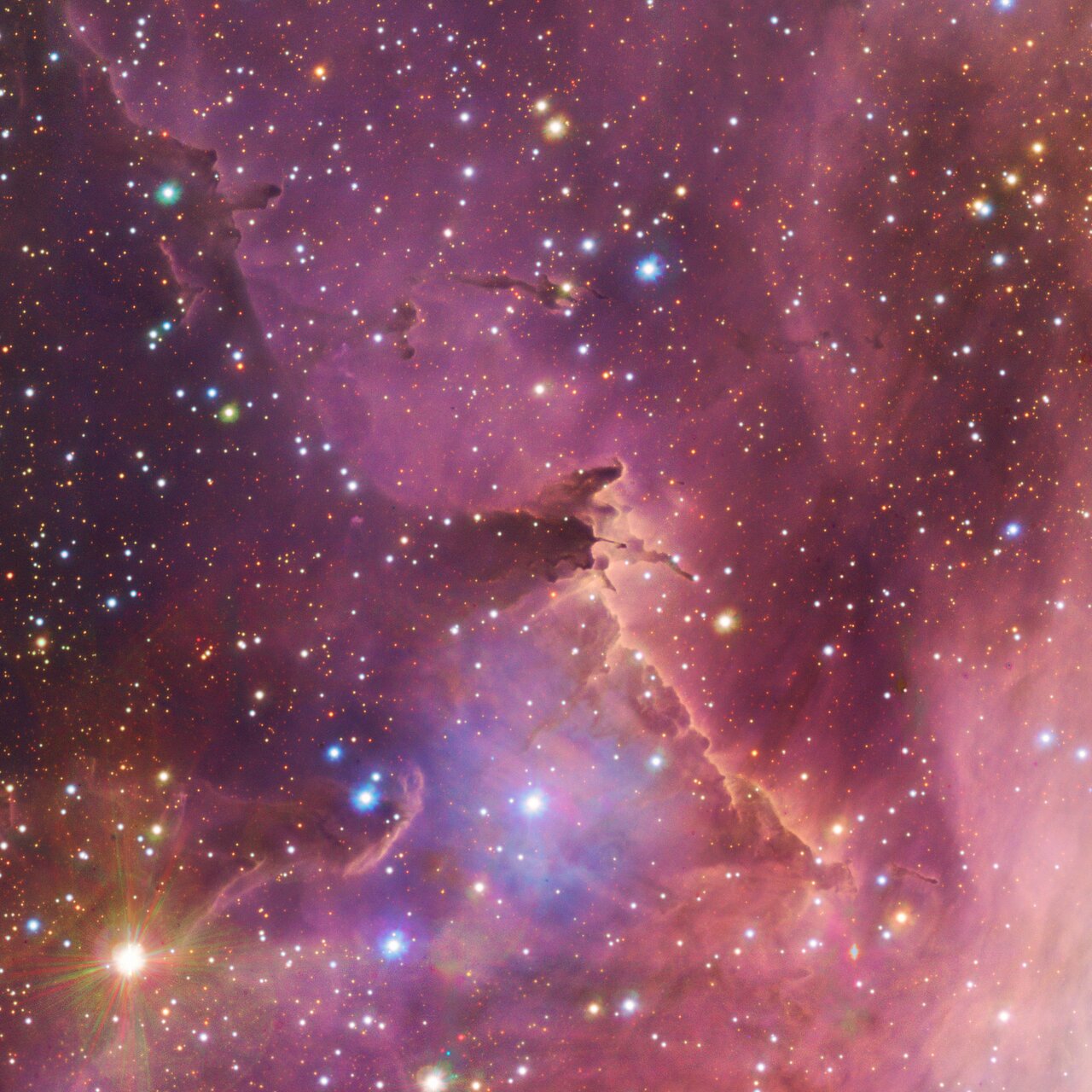Blog
Muhal Richard Abrams (born Richard Lewis Abrams; September 19, 1930 – October 29, 2017 Chicago) was an American educator, administrator, composer, arranger, clarinetist, cellist, and jazz pianist in the free jazz medium. He recorded and toured the United States, Canada and Europe with his orchestra, sextet, quartet, duo, and as a solo pianist.
Abrams started out “playing all kinds of gigs – blues, jazz, stage shows, rhythm and blues, and church socials.” His musical abilities earned him jobs working with “everyone from Dexter Gordon and Max Roach to Ruth Brown and Woody Shaw.”
In the mid-1950s, Abrams was becoming better known as both a pianist and a composer. A strong influence on his direction as a pianist at that time was King Fleming, for whom Abrams also composed and arranged. Another local man, William E. Jackson, helped Abrams develop his arranging and orchestration skills. Abrams co-founded a quintet named the MJT+3, and recorded with them in 1957, resulting in Daddy-O Presents MJT+3, which contained several of his compositions. Abrams also became more involved in investigating the “occult arts” around 1959 or 1960, and joined the Rosicrucians.
more...Cora “Lovie” Austin (September 19, 1887 – July 8, 1972) was an American Chicago bandleader, session musician, composer, singer, and arranger during the 1920s classic blues era. She and Lil Hardin Armstrong are often ranked as two of the best female jazz blues piano players of the period.
She was born Cora Taylor in Chattanooga, Tennessee. Lovie grew up with eight brothers and sisters. She took the name Cora Calhoun in her teens from an early marriage; she was married for a short time to a movie house operator in Detroit and then later married a vaudeville performer, Phillip Austin. She studied music theory at Roger Williams University in Nashville, and Knoxville College in Knoxville, Tennessee, which was uncommon for African American women and jazz musicians alike during the time.
more...
Louis Myers Born : September 18, 1929 in Byhalia, Mississippi.
Died : September 05, 1994 in Chicago, Illinois.
American blues guitarist, harmonicist, bassist, arranger and singer. Associated with the Chicago blues scene of the 1960’s and on, having backed and played with countless Chicago notables. Brother of guitarist/bassist Dave Myers.
more...
Emission nebula IC 1805. The clouds are sculpted by stellar winds and radiation from massive hot stars in the nebula’snewborn star cluster, Melotte 15. About 1.5 million years young, the cluster stars are scattered in this colorful skyscape, along with dark dust clouds in silhouette against glowing atomic gas. A composite of narrowband and broadband telescopic images, the view spans about 15 light-years and includes emission from ionized hydrogen, sulfur, and oxygen atoms mapped to green, red, and blue hues in the popular Hubble Palette. Wider field images reveal that IC 1805’s simpler, overall outline suggests its popular name – the Heart Nebula. IC 1805 is located about 7,500 light years away toward the boastful constellation Cassiopeia.

Teddi King (September 18, 1929 – November 18, 1977) was an American jazz and pop vocalist.
Born Theodora King in Boston, Massachusetts, United States, she won a singing competition hosted by Dinah Shore at Boston’s Tributary Theatre, later beginning work in a touring revue involved with “cheering up the military in the lull between the Second World War and the Korean conflict.” Improving her vocal and piano technique during this time, she first recorded with Nat Pierce in 1949, later recording with the Beryl Booker trio and with several other small groups from 1954 to 1955 (recordings which were available on three albums for Storyville). She then toured with George Shearingfor two years beginning in the summer of 1952, and for a time was managed by George Wein. King later began performing for a time in Las Vegas.
more...Emily Remler (September 18, 1957 – May 4, 1990) was an American jazz guitarist, active from the late 1970s until her death in 1990.
Born in Englewood Cliffs, New Jersey, Remler began guitar at age ten. She listened to pop and rock guitarists like Jimi Hendrix and Johnny Winter. At the Berklee College of Music in the 1970s, she listened to jazz guitarists Charlie Christian, Wes Montgomery, Herb Ellis, Pat Martino, and Joe Pass.
Remler settled in New Orleans, where she played in blues and jazz clubs, working with bands such as Four Play and Little Queenie and the Percolators before beginning her recording career in 1981. She was praised by jazz guitarist Herb Ellis, who referred to her as “the new superstar of guitar” and introduced her at the Concord Jazz Festival in 1978. Remler bore the scars of her longstanding opioid use disorder, which is believed to have contributed to her death. In May, 1990, she died of heart failure at the age of 32 at the Connells Point home of musician Ed Gaston, while on tour in Australia.
more...Blind James Campbell (September 17, 1906 – January 22, 1981) was an American blues singer and guitarist. He is mostly remembered for his 1962–63 recording for the Arhoolie label with his Nashville Street Band.
James Campbell was born in Nashville, Tennessee, on September 17, 1906. He later became known as Blind James Campbell after an accident at a fertilizer plant left him permanently blinded. In 1936 he formed a band and began playing folk, country, pop, jazz and blues music at parties, dances and for other local events. The Nashville Street Band consisted of fiddler Beauford Clay (born 1900) who was a great influence on Campbell’s playing, second guitarist Bell Ray (born 1909), bass horn player Ralph Robinson (born 1885), and trumpeter George Bell.
more...Lalgudi Gopala Jayaraman (17 September 1930 – 22 April 2013) was an Indian Carnatic violinist, vocalist and composer. He is commonly grouped with M.S. Gopalakrishnan and T.N.Krishnan as part of the violin trinity of Carnatic music. He was awarded the Padma Bhushan by the Government of India in 2001.
His disciples included his two children Lalgudi G. J. R. Krishnan and Lalgudi Vijayalakshmi; his sister Lalgudi Srimathi Brahmanandam; former composer-conductor of All India Radio’s Vadya Vrinda National Orchestra P. Purnachander Rao; the musician S P Ramh (grandson of Shri. G.N. Dandapani Iyer); Harikatha exponent Vishaka Hari; Carnatic vocalist Saketharaman; Vittal Ramamurthy; Dr. N. Shashidhar; film music composer Girishh G; Padma Shankar; Kanchan Chandran; Raghuram Hosahalli; London violinist Shri A.G.A.Gnanasundaram; Srinivasamurthy; Pakkala Ramdas; Sankari Krishnan; Yamini Ramesh; Mumbai Shilpa; Shreya Devnath; Krithika Natarajan; Salem Sisters; Vainika Srikanth Chary; and Bombay Jayashri Ramnath.
more...The magnificent galaxy featured in this Hubble Picture of the Week is NGC 1559. It is a barred spiral galaxylocated in the constellation Reticulum near the Large Magellanic Cloud, but much more distant at approximately 35 million light-years from Earth. Hubble last visited this object in 2018. The brilliant light captured in this image offers a wealth of information, which thanks to Hubble can be put to use by both scientists and the public.
This picture is composed of a whopping ten different images taken by the Hubble Space Telescope, each filtered to collect light from a specific wavelength or range of wavelengths. It spans Hubble’s sensitivity to light, from ultraviolet around 275 nanometres through blue, green and red to near-infrared at 1600 nanometres. This allows information about many different astrophysical processes in the galaxy to be recorded: a notable example is the red 656-nanometre filter used here. Hydrogen atoms which get ionised can emit light at this particular wavelength, called H-alpha emission. New stars forming in a molecular cloud, made mostly of hydrogen gas, emit copious amounts of ultraviolet light which is absorbed by the cloud, but which ionises it and causes it to glow with this H-alpha light. Therefore, filtering to detect only this light provides a reliable means to detect areas of star formation (called H II regions), shown in this image by the bright red and pink colours of the blossoming patches filling NGC 1559’s spiral arms.
These ten images come from six different observing programmes with Hubble, running from 2009 all the way up to the present year. These programmes were led by teams of astronomers from around the world with a variety of scientific goals, ranging from studying ionised gas and star formation, to following up on a supernova, to tracking variable stars as a contribution to calculating the Hubble constant. The data from all of these observations live on in the Hubble archive, available for anyone to use — not only for new science, but also to create spectacular images like this one! This image of NGC 1559, then, is a reminder of the incredible opportunities that the Hubble Space Telescope has provided and continues to provide.
Besides Hubble’s observations, astronomers are using the NASA/ESA/CSA James Webb Space Telescope to research this galaxy in even greater depth. This Webb image from February showcases the galaxy in near- and mid-infrared light.

Hiram King “Hank” Williams (September 17, 1923 – January 1, 1953) was an American singer-songwriter. He is regarded as one of the most significant and influential American singers and songwriters of the 20th century. Williams recorded 55 singles that reached the top 10 of the Billboard Country & Western Best Sellers chart, five of which were released posthumously, and 12 of which reached No.1.
Born and raised in Alabama, Williams learned guitar from African-American bluesmusician Rufus Payne. Both Payne and Roy Acuff significantly influenced his musical style. After winning an amateur talent contest, Williams began his professional career in Montgomery in the late 1930s playing on local radio stations and at area venues such as school houses, movie theaters, and bars. He formed the Drifting Cowboys backup band, which was managed by his mother, and dropped out of school to devote his time to his career. Because his alcoholism made him unreliable, he was fired and rehired several times by radio station WSFA, and had trouble replacing several of his band members who were drafted during World War II.
In 1944, Williams married Audrey Sheppard, who competed with his mother to control his career. After recording “Never Again” and “Honky Tonkin’” with Sterling Records, he signed a contract with MGM Records. He released the hit single “Move It On Over” in 1947 and joined the Louisiana Hayride radio program. The next year he released a cover of “Lovesick Blues“, which quickly reached number one on Billboard‘s Top Country & Western singles chart and propelled him to stardom on the Grand Ole Opry. Although unable to read or notate music to any significant degree, he wrote such iconic hits as “Your Cheatin’ Heart“, “Hey, Good Lookin’“, and “I’m So Lonesome I Could Cry“. In 1952, Audrey divorced him and he married Billie Jean Horton. He was dismissed by the Grand Ole Opry because of his unreliability and alcoholism.
Years of back pain, alcoholism, and prescription drug abuse severely compromised Williams’ health, and at the age of 29, Williams suffered from heart failure and died unexpectedly in the back seat of a car near Oak Hill, West Virginia, en route to a concert in Canton, Ohio, on New Year’s Day 1953. Despite his relatively brief career, he is one of the most celebrated and influential musicians of the 20th century, especially in country music. Many artists have covered his songs and he has influenced Chuck Berry, Elvis Presley, Johnny Cash, Bob Dylan, and the Rolling Stones, among others. He was inducted into the Country Music Hall of Fame in 1961, the Songwriters Hall of Fame in 1970, the Rock and Roll Hall of Fame in 1987, the Native American Music Awards Hall of Fame in 1999, and gained a star on the Hollywood Walk of Fame. In 2010, he was posthumously awarded a Pulitzer Prize Special Citation for his “craftsmanship as a songwriter who expressed universal feelings with poignant simplicity and played a pivotal role in transforming country music into a major musical and cultural force in American life.”
more...Eugene McDuffy (September 17, 1926 – January 23, 2001), known professionally as “Brother” Jack McDuff or “Captain” Jack McDuff, was an American jazz organist and organ trio bandleader. He was most prominent during the hard bop and soul jazz era of the 1960s, often performing with an organ trio. He is also credited with giving guitarist George Benson his first break. Born Eugene McDuffy in Champaign, Illinois, McDuff began playing bass, appearing in Joe Farrell’s group. Encouraged by Willis Jackson in whose band he also played bass in the late 1950s, McDuff moved to the organ and began to attract the attention of Prestige while still with Jackson’s group. McDuff soon became a bandleader, leading groups featuring a young George Benson on guitar, Red Holloway on tenor saxophone and Joe Dukes on drums.
more...José Mauro, Brazilian Singer-Songwriter, Dies at 75
José Mauro, an iconic Brazilian singer-songwriter and guitarist, passed away at 75 after a brief illness. Known for his two albums, Obnoxius (1970) and A Viagem Das Horas (1976), both were recorded during a single session at Odeon Studios in Rio de Janeiro. Produced by Roberto Quartin under his Quartin Records label, the albums featured lyrics by Mauro’s close friend Ana Maria Bahiana, orchestrations by Lindolfo Gaya, and performances by renowned musicians like Wilson Das Neves, Dom Salvador, Ivan Conti, and Paulo Moura.
Exploring the gas cloud known as IC2948 means finding your way across countless nascent stars born in this enormous stellar nursery. And yet, this is just a snippet of a much larger object: the Running Chicken Nebula. This nebula spans an area on the night sky close to 25 full moons, and yet, the area you see here is not even a third of a full moon. Obtaining such a detailed snippet of the nebula was possible thanks to a 1.5-billion-pixel image taken by the VLT Survey Telescope (VST), hosted and operated by ESO.
Located in the constellation of the Centaur (Centaurus), the Running Chicken Nebula is a labyrinth of gas, dust and young stars whose highly intense radiation erodes away the surrounding material. The gas cloud IC2948 is the brightest region of the nebula. Here, we find creeping dark clouds, shaped like open hands about to grab their surrounding blooming stars.
First discovered more than a century ago, this gas cloud is helping us understand how stars form and behave during their infancy. To spot IC2948 within the much larger Running Chicken Nebula, locate the chicken’s rear end (or its head, as some people claim). In your search, you may come across other areas like the stunning GUM 41 nebula.

more...
Madurai Shanmukhavadivu Subbulakshmi (16 September 1916 – 11 December 2004) was an Indian Carnatic singer. She was the first musician ever to be awarded the Bharat Ratna – India’s highest civilian honour, the first Indian musician to receive the Ramon Magsaysay award in 1974 and the first Indian to perform at the United Nations General Assembly in 1966.
more...More Posts
- Charlie Persip Day
- Erskine Hawkins Day
- World Music with Altai-Kai
- Daily Roots with Candyman
- Music for Surviving the Pandemic and Realizing Racial Justice
- The Cosmos with SDSS J0928+2031
- Steve Goodman Day
- Don Ellis Day
- Gibson Kente Day
- Semmangudi Srinivasa Iyer Day
- Johnny Hodges Day
- World Music with Coşkun Karademir
- Daily Roots with Admiral Tibet
- Music for Surviving the Pandemic and Realizing Racial Justice
- The Cosmos with NGC 5861
- Bobby Matos Day
- Charles McPherson Day
- Ahmad Alaadeen Day
- Billy Taylor Day
- Flamenco Fridays with Africa Granados y Miguel Chamizo